In the flow of digital transformation, many people have proactively preserved and spread traditional cultural heritage on cyberspace. From images, music to everyday stories, highland culture is shared with love for the homeland and the creativity of the people themselves.
On many social networking sites, we are witnessing innovative models where people become active subjects, proactively promoting their homeland's heritage with technology and cultural pride.
From village to cyberspace
Kon Tum province is one of the localities possessing a rich cultural treasure, notable for its new rice festival, water wharf worship ritual, epics and gong art.
To preserve and promote these values, many localities in Kon Tum have proactively applied technology to cultural preservation. Mr. Tran Anh Dung, Head of the Department of Culture, Science, Technology and Information of Dak Ha district, said: “We have determined that digital transformation in the cultural field is not only a trend, but also a practical requirement. The district has directed the Cultural Center to record and archive folk rituals, traditional games, festivals, etc. to broadcast on electronic information channels, and at the same time bring them to villages and hamlets to serve traditionaleducation for the younger generation.”
In addition to the initiative from the government, the people also play a very important role. In Kon Plong district, Vi Ro Ngheo Community Tourism Village has implemented many contents to promote ethnic culture through videos, articles, and images. These products are not only shared on social networking sites but also serve as community tourism documents, helping visitors to better understand the culture of the Xo Dang people.
Not only organizations and communities, many individuals are becoming cultural storytellers in close and creative ways. Mr. Ho Viet, a son of Dak Mar commune, Dak Ha district, is a typical example. With just a smartphone and love for the village, he recorded footage of festivals, traditional crafts, and indigenous life and shared it on YouTube, TikTok... His warm voice and realistic images help his videos attract hundreds of thousands of views and receive many positive responses. Many young people have come to the place after watching the video to experience it in person.
Mr. Ho Viet shared: “When social media developed, I started sharing stories about local culture on social media platforms. Many people who watched it went to the Central Highlands and our village. Many young people in the city had never seen how to build a communal house. When they watched the video, they were surprised and expressed their admiration. That made me feel more responsible for preserving the village culture.”
Not stopping at digital content, Ho Viet also actively connects with groups of people who love Central Highlands culture on social networks to organize experiential activities, inviting tourists to his village, enjoy traditional cuisine and listen to epic stories. These simple but practical activities are bringing Central Highlands culture closer to the public, especially the younger generation.
Digital space not only supports conservation but also facilitates economic development, especially community tourism. Deputy Director of the Department of Culture, Sports and Tourism of Kon Tum province Phan Van Hoang said: “National culture is the soul of tourism products. Applying technology to bring cultural values to digital platforms helps tourists access information early, increase interest and have a deeper experience. Digital transformation not only preserves, but also helps people master culture and develop the local economy.”
In 2025, Kon Tum aims to welcome about three million visitors. In the first quarter alone, the province welcomed about 950,000 visitors, reaching 32% of the annual plan; the number of international visitors increased 2.4 times compared to the same period in 2024, thanks to the combination of nature and ethnic culture effectively communicated through digital platforms.
Major, musician, singer Hoang Phi Ung, working at the Gia Lai Provincial Military Command, is the one who brings Central Highlands folk music to the online community through many digital platforms. Born and raised in Gia Lai, Hoang Phi Ung has been attached to folk music since early on, and is the author of many songs such as: "Uong ruou can", "Em dep nhu hoa Po lang", "Buoi sang len mung", "Ve day em phai the"... These works are closely associated with the image of villages, nature and people of the Central Highlands.
Notably, the song “Ve day em phai the” has spread strongly on YouTube thanks to its simple, familiar lyrics and pride in indigenous culture. “I see that folk music has a strong vitality. The problem is to bring it to young people in a more familiar way. I made a new arrangement, combined with images of villages, traditional musical instruments and posted it on social networks. Surprisingly, the online community received it very positively. I am nurturing a new product including folk songs with modern arrangements so that young people can easily listen, remember and love it,” artist Hoang Phi Ung shared.
Not only is Hoang Phi Ung a beloved artist, he is also a bridge connecting traditional culture and the young generation. His creations are both artistic and close to everyday life, easy to access and have a natural spread on digital platforms.
Digital space contributes to paving the way for development
In recent times, young people in Gia Lai have taken concrete actions to preserve and promote culture through community activities. Le Anh Thuy Trang, a girl born in 2006, in A Dok commune, Dak Doa district, is one of the typical faces.
After graduating from Ho Chi Minh City College of Radio and Television, Thuy Trang decided to return to her village, opening a YouTube channel and a personal Facebook page called “Tô Rang Phố Núi”, sharing footage of daily life such as cooking, farming, festivals, handicrafts, etc. “I believe that culture does not need to be embellished or flaunted. Just keeping it real, from people to actions, can spread it,” Thuy Trang shared.
Along with the media, Trang and her group of friends implemented the project “Turning waste into playgrounds” by utilizing tires, plastic bottles, and leftover wood to make slides and swings for children in remote areas. To date, the group has built seven free playgrounds for children in kindergartens in Dak Doa district.
The actions of Thuy Trang and her friends have many humane meanings, and at the same time create a positive media effect. Many people following the channel of the girl from the highlands have understood more about the life of the Ba Na people, how the community preserves the environment, and educates children.
From the experience of Kon Tum and Gia Lai provinces, it can be seen that when people are the cultural subjects and technology is the tool, the process of heritage preservation becomes a self-sustainable journey. Social networks are not only a place for entertainment but also an effective channel to spread culture and tourism if the content is authentic and close to the community.
Digital transformation in culture has opened up new directions for tourism. Models such as experiencing communal houses, learning about festivals, ethnic cuisine... are increasingly integrated into tourism activities, becoming highlights of the journey. These experiences not only make tourists want to come, but also make them want to come back.
The windy highland today not only echoes in the gong sound in the middle of the festival night, but also appears vividly in each digital product, created and spread by the children of the great forest. It is a testament to the love of the highland with its rich identity, actively connecting cultural heritage with technology through creativity and the desire for sustainable development.
Source: https://nhandan.vn/quang-ba-van-hoa-dan-toc-qua-khong-gian-mang-post883610.html










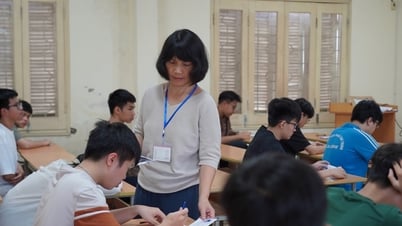


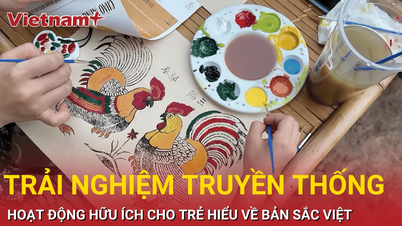











![[Photo] Warm cultural exchange program between Vietnamese and Chinese women and children](https://vphoto.vietnam.vn/thumb/402x226/vietnam/resource/IMAGE/2025/5/31/d1a2416767494e1e8af631b8bb8cb16f)
![[Photo] Crane falls on container truck and car at traffic construction site](https://vphoto.vietnam.vn/thumb/402x226/vietnam/resource/IMAGE/2025/5/31/a8d3ae08da324cfe8ee406174c0eacc4)
































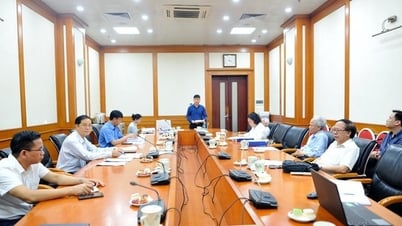






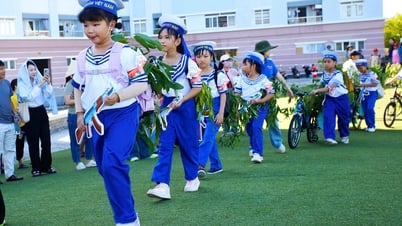

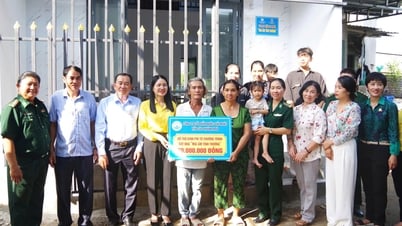


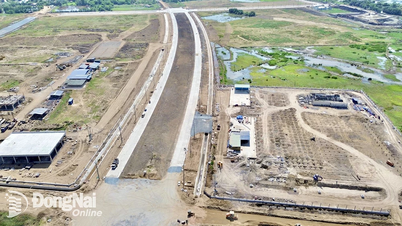
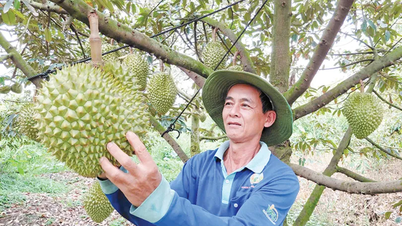

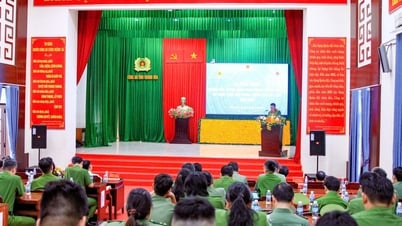












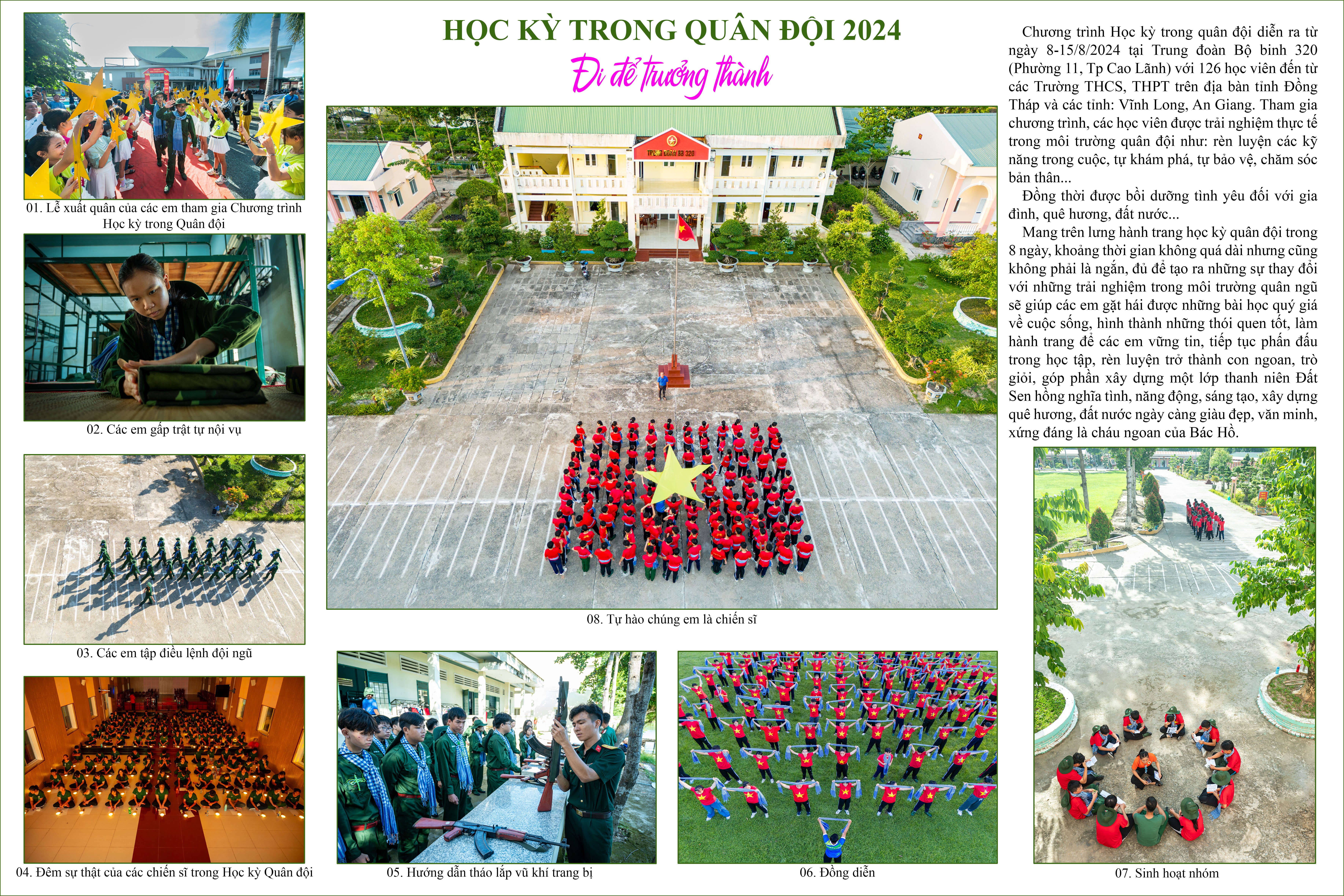



Comment (0)